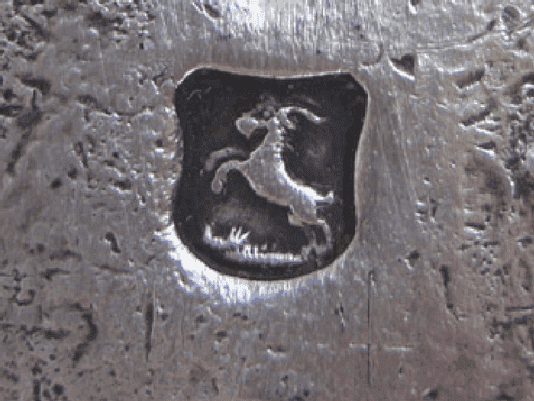In the winter of 1740, a merchant ship sank in the English Channel just miles from the coast of England. The Rooswijk fell victim to the Goodwin Sands, an area of the English Channel that is highly trafficked and is constantly changing depths with the tides.
With more than 2,000 shipwrecks in the region, it takes a lot for one to stick out. But the Rooswijk is no ordinary shipwreck.
The Rooswijk served as an important vessel for Asian and European trade. Asia had fabric and spices Europeans wanted, and the Dutch had gold and silver, which was in high demand in Asia.
The Rooswijk served as an important vessel for Asian and European trade. Asia had fabric and spices Europeans wanted, and the Dutch had gold and silver, which was in high demand in Asia.
Owned by the Dutch East India Company, the Rooswijk was on its second voyage from Amsterdam to the Dutch East Indies when it went down.
Captained by Daniel Ronzieres, the Rooswijk carried two hundred passengers on its second voyage, none of whom survived. In addition to the passengers, the Rooswijk was carrying all kinds of treasure. Ten chests of silver coins—and an unknown number of silver bars and gold coins—were on board.
Though the shipwreck occurred well over two hundred years ago, that was not the end of the Rooswijk's story. Twenty years ago, an amateur diver located the shipwreck.
Captained by Daniel Ronzieres, the Rooswijk carried two hundred passengers on its second voyage, none of whom survived. In addition to the passengers, the Rooswijk was carrying all kinds of treasure. Ten chests of silver coins—and an unknown number of silver bars and gold coins—were on board.
Though the shipwreck occurred well over two hundred years ago, that was not the end of the Rooswijk's story. Twenty years ago, an amateur diver located the shipwreck.
The next year, a treasure hunting team began salvaging some of the treasure on board. Among the loot recovered were one thousand bars of silver and gold coins.
Last month at Schulman b.v.'s auction in Amsterdam, a silver bar from the wreck—weighing 75.45 troy ounces—was sold. Before the auction, it was estimated at $3,349. The silver bar sold for $6,201, almost $3,000 more than expected.
Last month at Schulman b.v.'s auction in Amsterdam, a silver bar from the wreck—weighing 75.45 troy ounces—was sold. Before the auction, it was estimated at $3,349. The silver bar sold for $6,201, almost $3,000 more than expected.

No comments:
Post a Comment